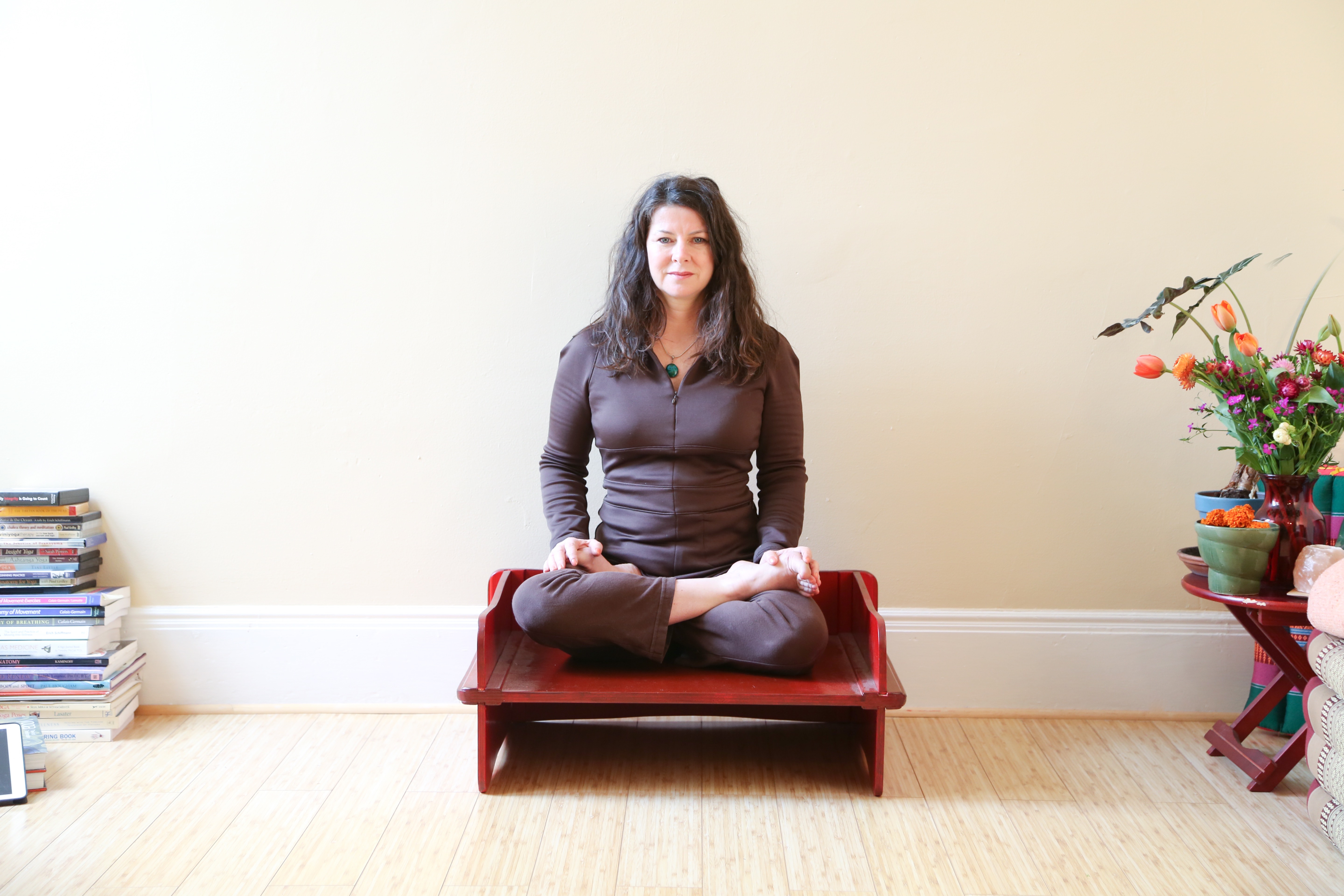Ever ridden the mindfulness train?
Perhaps you ride the train often
enough to warrant a commuter pass?
(If you’re reading this, chances are you said yes to one or both.)
Thank yourself. Or actually, give yourself a hug.
Go ahead, right now.
(Anyone who can see you will just think you’re stretching your upper back.)
Really mean it, a mindful hug.
And then, be glad that you “get” mindfulness. That you meditate even a little bit, that you were brave enough to try it in the first place. That you made the time. That you trusted yourself and the 1000s-years-old practice.
And did you know that in the consumer and marketing research world, you’re pretty hip. A trendsetter.
That’s right. The people who study what’s cool (and not) say that mindfulness is not just on the rise, it’s sinking in.
Sinking in — that’s what’s going to make it STAY for awhile.
One of the world’s largest marketing firms characterized the upcoming year 2014 as shifting toward “mindful living.” They tested consumers in two ways: quantitative (how many do it) and qualitative (how much value those practitioners find in doing it).**
Mindfulness is showing up in influential lists with titles like “Top Trends for 2014 and Beyond.”
Go ahead, Google it. When you have plenty of time, that is.
There’s a steady incline in searches for mindfulness, meditation and other ways to wake up and get real. Pages and pages of articles about the power of mindfulness catching the world on fire.
Experts say the last decades of distraction and disfunction have brought us back to basics. Back Home.
Back to balance, actuality and love, away from over-stimulation, over-medication, media-saturation, tech-saturation, so-called “reality”-television.
Mindfulness and meditation are downright mainstream.
No longer just for so- called “spiritual seekers.” One sure indicator of this: even Rupert Murdoch says he’s trying Transcendental Meditation.
And I’m with those who say it’s not just a fly-by-night fad. Mindfulness is not going anywhere. Why?
Because beyond marketing, trendiness, and consumerism, mindfulness matters. It’s working in places where some said nothing would work:
- In classrooms, helping kids with all kinds of issues from high-risk behavior to dyslexia
- In prisons
- In veterans’ hospitals
- In corporate boardrooms
- In doctors’ offices as a replacement for anti-depressants, pain-killers, appetite-suppressants, sexual enhancement drugs (Yep.)
Furthermore, there’s solid science validating what people say about the value of their actual mindfulness experience. The research is piling up.
Neuroscience is confirming what the first yogis said was true.
That mindfulness and awareness doesn’t just change how we feel and act, but it heals all the way to the core.
We can actually change our brains– and even our genes, according to some new research.***
So I guess the first yogis weren’t just trendsetters. They were ridiculously ahead of their time.
So, be glad you got on the mindfulness train somewhat early, that you saw the value a little ahead of the crowd.
that you saw the value a little ahead of the crowd.
Enjoy your seat on the mindfulness train.
Watching the train of thoughts go by,
one at a time,
like they do.
Next time you’re on board, give yourself another mindful hug, and hug the previous yogis who discovered it amongst our collective inner riches and kept it alive all these years. Woot-woot!
Namaste.
ABOUT THE RESEARCH CITED ABOVE:
(**JWT Intelligence, Director of Trendspotting says “movement towards mindful living” on the list of 100 things to look for in 2014.)
(***After “eight hours of mindfulness practice, meditators showed a range of genetic and molecular differences, including altered levels of gene-regulating machinery and reduced levels of pro-inflammatory genes, which in turn correlated with faster physical recovery from a stressful situation….from new study by researchers in Wisconsin, Spain, and France. “Most interestingly, the changes were observed in genes that are the current targets of anti-inflammatory and analgesic drugs,” says Perla Kaliman, first author of the article and a researcher at the Institute of Biomedical Research of Barcelona, Spain (IIBB-CSIC-IDIBAPS), where the molecular analyses were conducted. )(http://www.news.wisc.edu/releases/18309)
Related posts:

